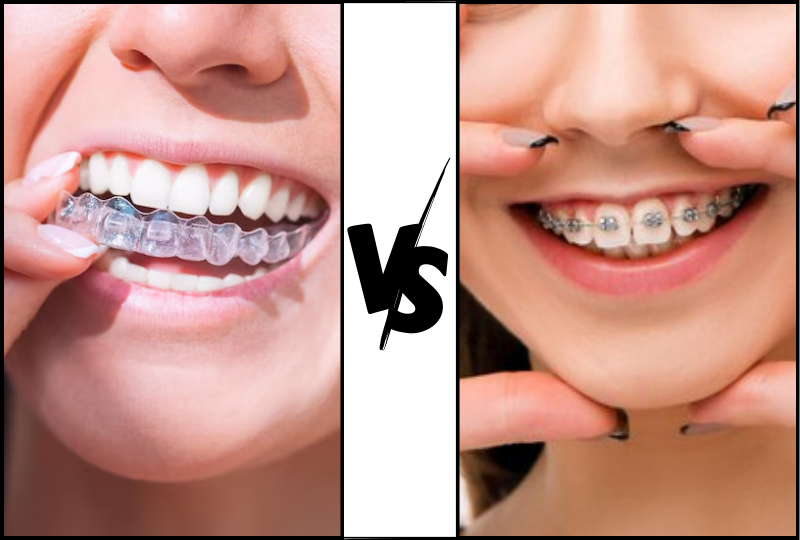Embarking on the journey towards a transformative smile involves crucial decisions, and choosing between Invisalign and traditional braces marks a pivotal step. Your smile is a beacon of confidence, and finding the perfect method for teeth straightening is essential. In this blog, we’ll delve into the intricacies of Invisalign and traditional braces, unraveling their unique features, benefits, and considerations. From the discreteness of clear aligners to the time-tested effectiveness of metal braces, discover the nuances that will empower you to make an informed choice. Join us in exploring the world of orthodontics to pave the way for your brightest, most confident smile.
Understanding Invisalign and Traditional Braces
What is Invisalign?
Invisalign in Irving represents a modern approach to orthodontics, utilizing clear, removable aligners tailored specifically for your teeth. These aligners are virtually invisible and offer a more discreet option for teeth straightening.
Traditional Braces: A Time-Tested Method
Conversely, traditional braces consist of metal brackets and wires affixed to the teeth, gradually guiding them into the desired position over time. This method has been trusted for decades and remains highly effective in treating various orthodontic issues.
The Key Differences Between Invisalign and Traditional Braces
Visibility and Aesthetics
One of the most apparent disparities between Invisalign and traditional braces is their visibility. Invisalign’s clear aligners are nearly invisible, allowing wearers to undergo treatment without drawing much attention. On the other hand, traditional braces, while effective, are more conspicuous due to their metal components.
Comfort and Convenience
Invisalign aligners are removable, enabling easier maintenance of oral hygiene as wearers can brush and floss without obstruction. They also tend to be more comfortable as they lack metal wires and brackets, reducing the likelihood of mouth irritation. In contrast, traditional braces may cause temporary discomfort and require extra care to clean around the brackets and wires.
Treatment Duration and Effectiveness
The duration of treatment varies between Invisalign and traditional braces. While the length of Invisalign treatment depends on individual cases, traditional braces often require a longer duration for comprehensive teeth alignment. Both methods are highly effective, but Invisalign might be more suitable for minor to moderate orthodontic issues.
Choosing the Right Option for You
Lifestyle Considerations
Consider your lifestyle when choosing between Invisalign and traditional braces. Invisalign’s removability may be advantageous for those who prefer fewer dietary restrictions and the ability to remove aligners for special occasions. Conversely, traditional braces demand adherence to dietary limitations and meticulous oral care routines.
Severity of Orthodontic Issues
The intricacy of your orthodontic needs plays a vital role in selecting the appropriate treatment. While Invisalign can address various concerns, traditional braces might be more effective for severe misalignments or bite issues.
In conclusion, the choice between Invisalign and traditional braces hinges on various factors—visibility, comfort, treatment duration, and lifestyle considerations. Both methods strive for the same result: a straighter, more confident smile. Understanding the nuances between these orthodontic options empowers you to make an informed choice aligned with your preferences and orthodontic needs. Remember, consulting with an Invisalign dentist remains pivotal in determining the ideal treatment plan for your unique case. Embrace the journey toward a radiant smile, knowing that whether you opt for the discreteness of Invisalign or the reliability of traditional braces, your decision will pave the way for a radiant, more confident future.

